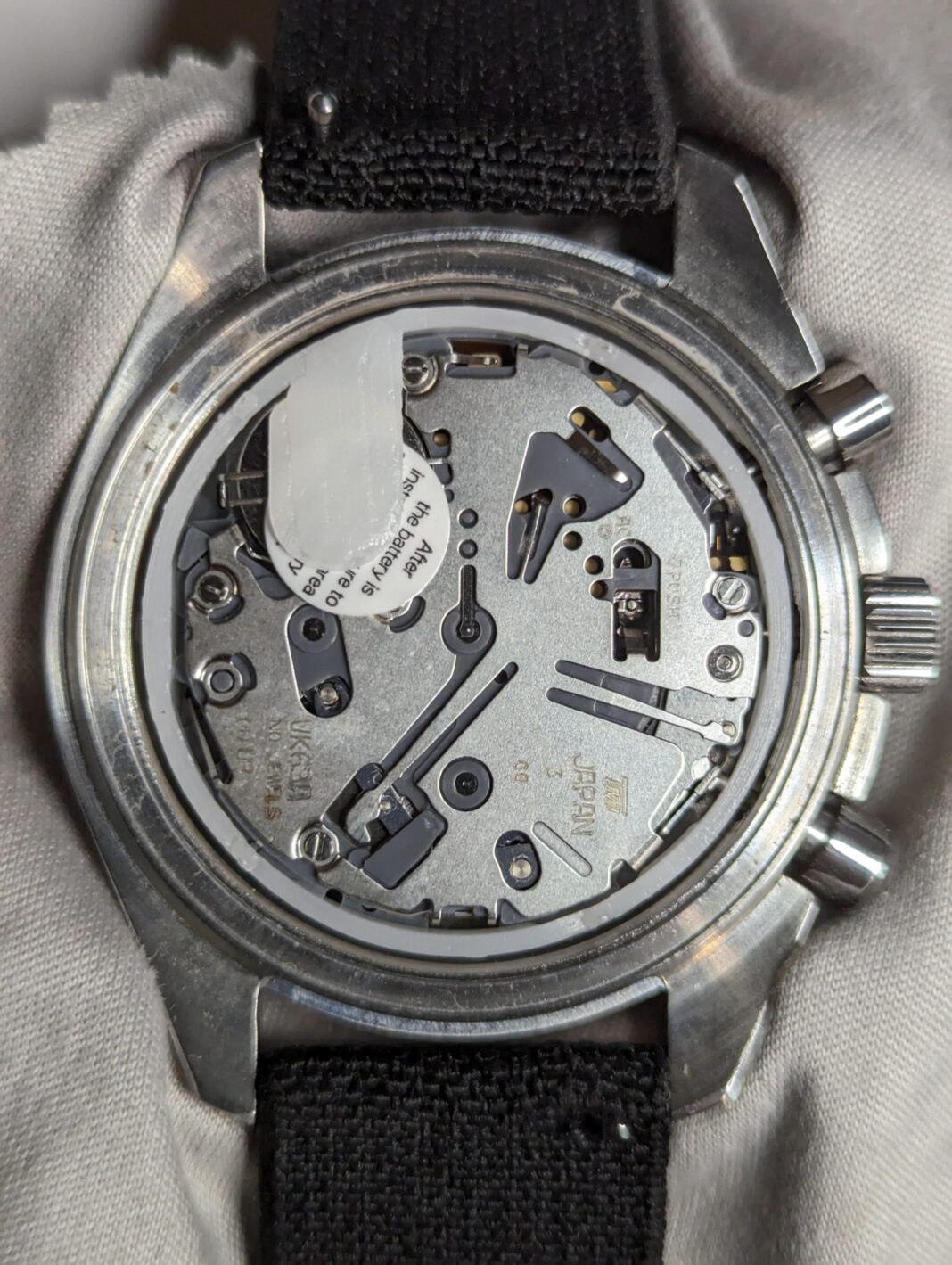By Ed Geronia Jr.
Inside every watch is a mechanism that powers all its main functions. This mechanism is often called a movement but it’s also known as a calibre for those more technically inclined. In the watch world, there are two main types of movements: mechanical and quartz. Mechanical movements have a long history and tradition in watchmaking dating back to a few hundred years. Quartz movements are a relatively modern invention with the earliest example being made in the 1920s. As a general rule, the more complex the caliber, and the more features it has (also known as complications) beyond its basic timekeeping functions, the more expensive the watch. A good example of a watch with several complications are mechanical chronograph watches. These chronographs are often priced several times higher than regular timepieces.
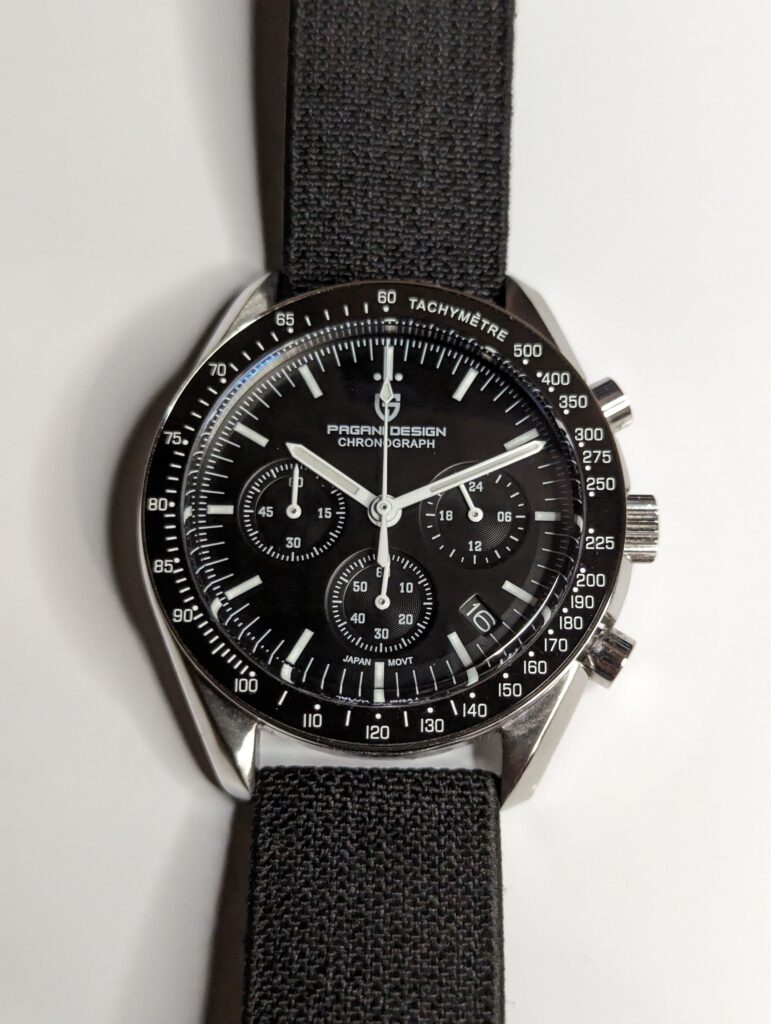
A hundred years ago, the earliest example of a wrist-worn mechanical chronograph was made in 1913 by Swiss watchmaker Longines. Since then, other watchmakers have created their own mechanical chronograph movements designed for wristwatches. There’s a long list of mechanical chronographs that have gained popularity and have become status symbols on their own such as models made by Omega, Rolex, Tudor, Breitling, Zenith, IWC, and TAG Heuer to name a few. If you’ve got cash to burn, an Omega Speedmaster, TAG Heuer Monaco or a Rolex Daytona mechanical chronograph will set you back anywhere from a few hundred thousand to a few million pesos.
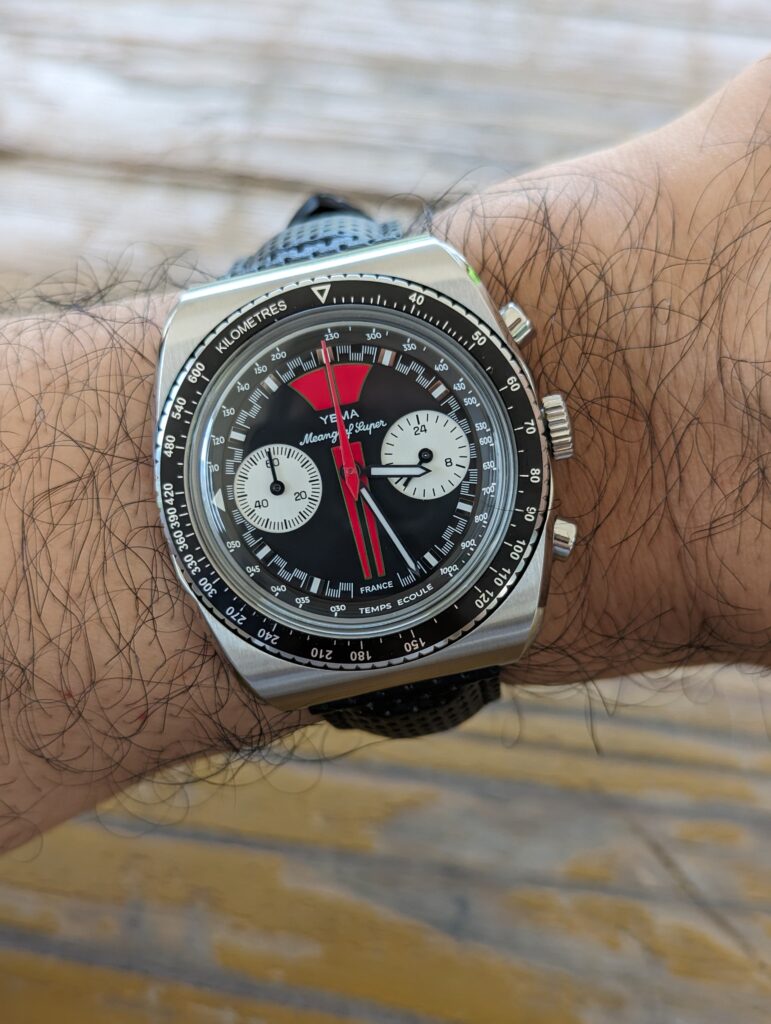
The main feature of quartz watches has been their affordability. Since they were introduced in the 1970s, watches with quartz movements have become ubiquitous and names such as Seiko, Citizen, Casio, and Swatch have become household brands because of their battery-powered quartz timepieces. It was during the heyday of quartz watches that a third movement was developed. This hybrid movement is what is now known as the mechaquartz movement. A portmanteau of “mechanical” and “quartz”, a “mechaquartz” is a hybrid movement that was primarily developed for chronographs. Before their invention, quartz chronographs had mostly digital displays. Seiko first introduced the 7a28 movement in 1983 with its release of a battery-powered analog quartz chronograph. The watch had a 15-jewel movement that had metal gears and hands driven by stepper motors, including the stopwatch complication. The movement is considered as the precursor to the true mechaquartz movement which was also developed by Seiko and used by several watch brands today.
Jaeger Le-Coultre, a luxury Swiss watchmaker, is also credited for creating one of the first high-end mechaquartz movement in 1987. The Caliber 630 was a finely crafted 25-jewel mechaquartz movement that featured mechanical chronograph parts and two motors that powered the time keeping and chronograph complication. The movement was also used in IWC watches. Up until the 2000s, mechaquartz watches were also made by Swiss luxury brands such as Breitling, Omega, and Chopard.
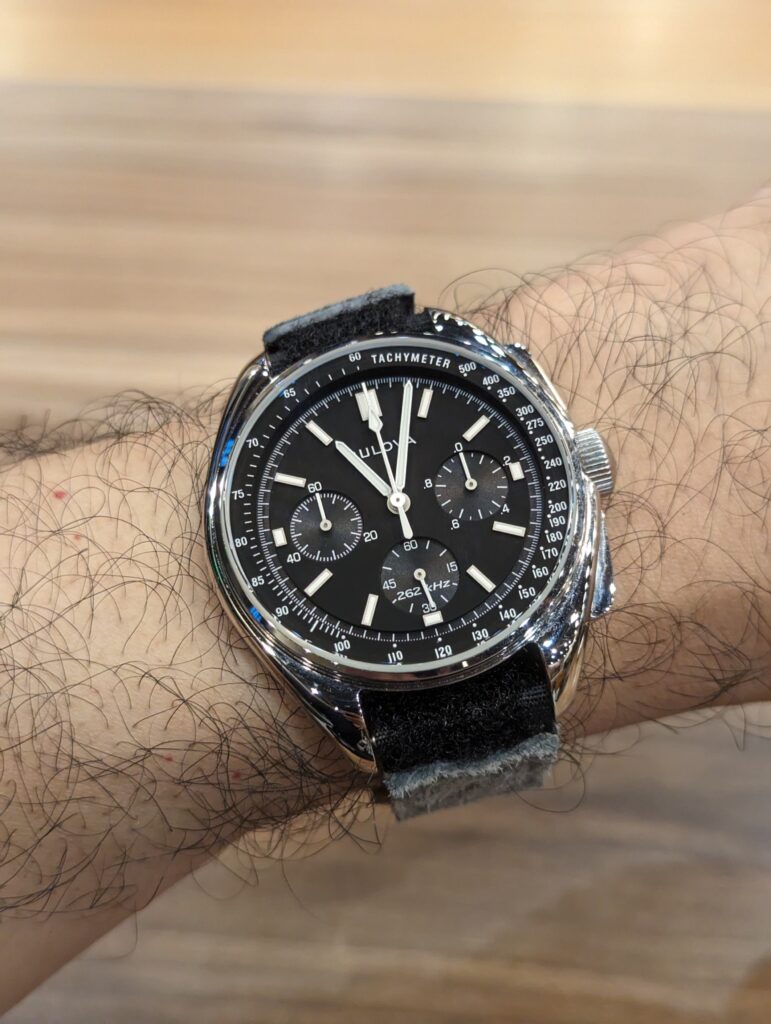
The current generation of mechaquartz watches are now mostly powered by Seiko’s line of mechaquartz movements which evolved from the 7a28. These movements are known as the Seiko 6T63 and VK63 line. The 6T series are for Seiko’s own watches and the VK series is used by other brands.
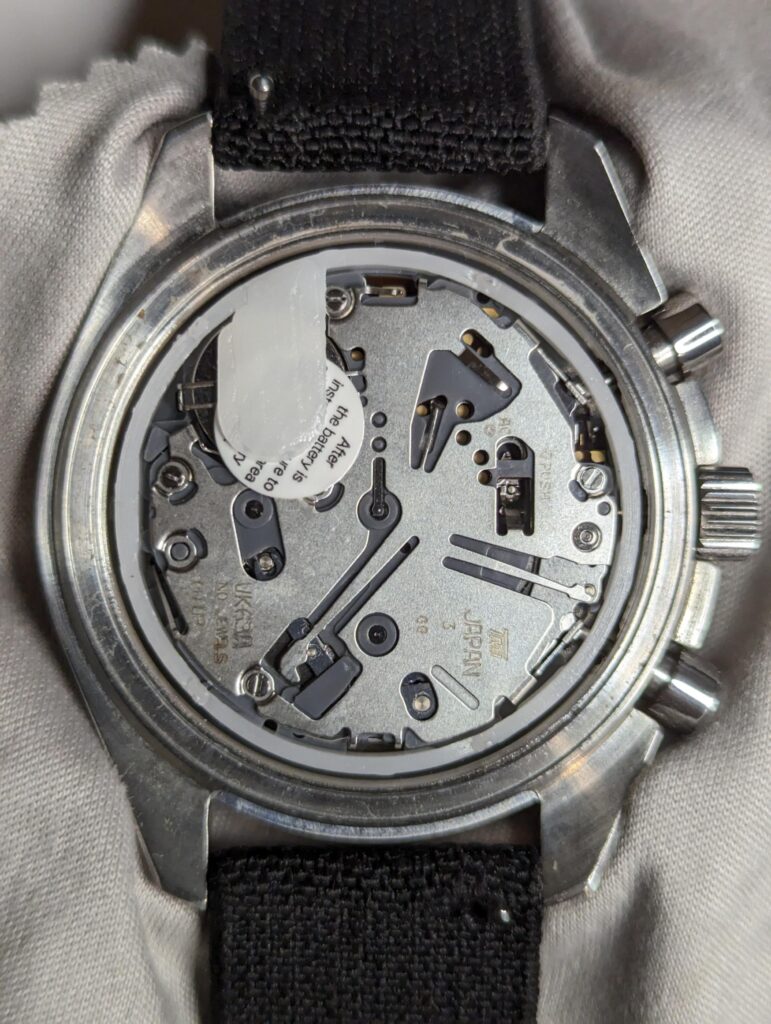
The VK63 is an outstanding mechaquartz movement found in several watch brands including microbrands. The movement has actual gears, levers, and hammers. The button action of the pushers are crisp and authoritative. When activated, the sweep of the second hand is as smooth as a mechanical watch. This has also become the defining trademark of mechaquartz watches. Other advantages include reliable accuracy (-/+ 20 seconds per month) and a long battery life of 3-4 years. The best feature is the movement’s affordability. The 6T/VK can be found in watches under P15,000.



